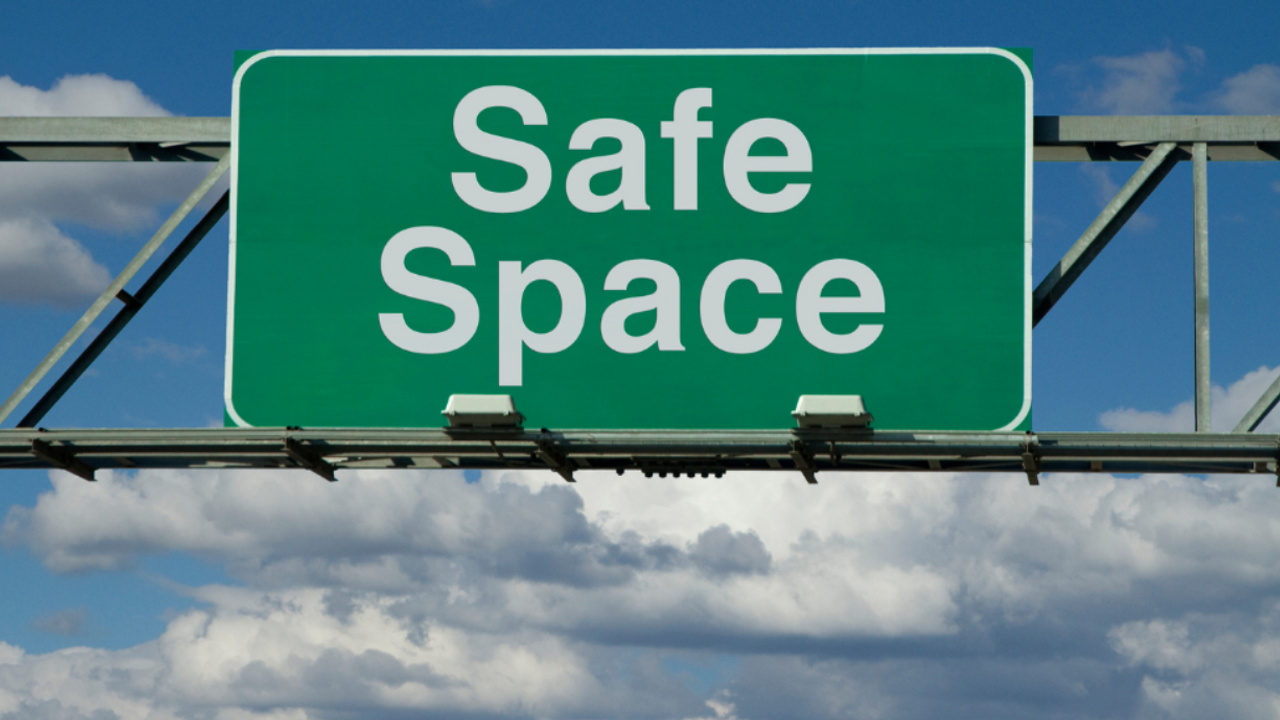5 Red Flags That Psychological Safety Is Lacking In Your Workplace
Oct 12, 2022
Psychological safety is "a belief that one will not be punished or humiliated for speaking up with ideas, questions, concerns or mistakes" (Professor Amy C. Edmondson, 1999).
Psychological safety supports a productive and constructive culture of error – being able to openly discuss mistakes and learning from failure.
Psychological safety is of great importance in companies that promote Equity, Diversity and Inclusion. Experiences with systemic discrimination often discourage employees within oppressed groups from speaking out — such as workers of colour, women, and LGBTQ individuals. However, the need for psychological safety applies equally to all – whether they are from marginalised groups or not.
Without psychological safety, people remain uncomfortable in their work environments, and their teams lose out on valuable input. In this article, we discuss in more detail why psychological safety matters in ED&I.
Why does it make sense to do some work on psychological safety in an organisation?
Gallup found that moving the needle on psychological safety can lead to a reduction in turnover (27%) and in safety incidents (40%) and increases in productivity (12%).
Psychological safety is a part of taking care of your people, your company and your reputation.
Here are 5 red flags that might indicate that psychological safety is lacking:
- There is a low level of trust in the team or organisation and this is affecting collaboration and information sharing.
- There is a culture of fear. People are not taking calculated risks and mistakes are often swept "under the carpet" which may lead to the same mistakes — or even different, more costly ones — being made in the future.
- There is a lack of efficiency or productivity. Any organisation concerned about efficiency, cost-saving and productivity should be urgently creating a psychologically-safe environment for their people. It saves time and money, and sometimes, it even helps you save face when your team helps you avoid those embarrassing and costly mistakes.
- You are experiencing high attrition in areas and exit interviews or surveys suggest that trust and psychological safety are an issue.
- There are repeated (and sometimes costly) mistakes. Psychological safety can be the difference between life and death (or lawsuits). In Edmonson's earliest work at research hospitals, a nurse's ability to ask a doctor for feedback often meant the difference between life and death. In some cases, a doctor refusing to be "second-guessed" by a nurse meant a wrong dosage was given or the wrong procedure was performed. Though many of us do not work in environments with such high-risk activities, we should not forget that all mistakes — no matter how low-stakes they may seem — carry risk. When Wells Fargo combined sales goals with incentives that emphasised customer services, employees panicked and began creating fraudulent accounts in order to meet the wildly unrealistic goals. This was a colossal failure of psychological safety culture, and the company is now embroiled in fraud lawsuits and faced fines up to $3 billion.
Read this article to find out how you can respond to these red flags or get in touch with one of our experts to explore how we can support you.
Stay connected with news and updates!
Join our mailing list to receive the latest news and updates from our team.
Don't worry, your information will not be shared.
